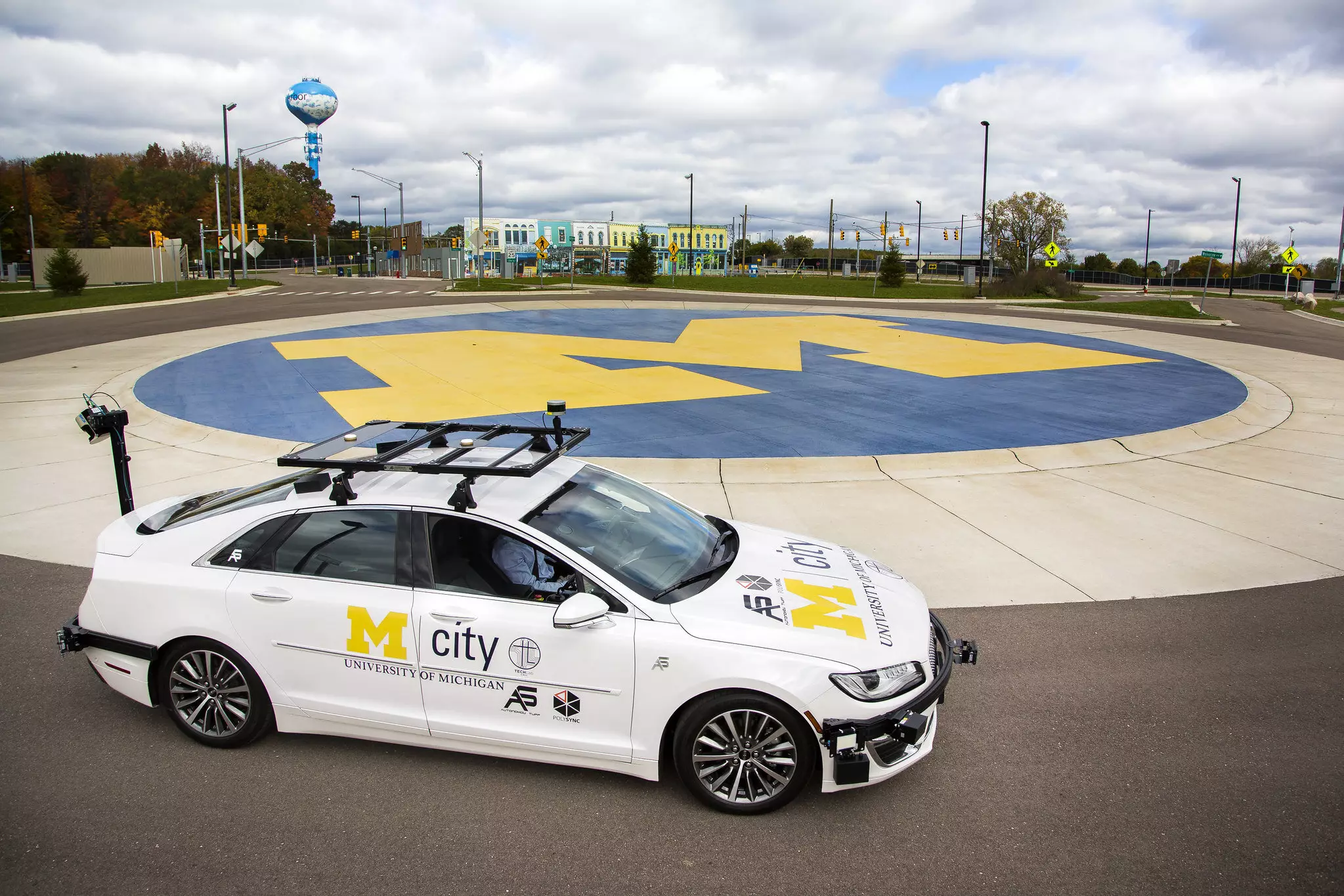The University of Michigan-led study presented at the 33rd USENIX Security Symposium shed light on the vulnerabilities of self-driving vehicle networks that rely on collaboration and communication. The research pointed out the inherent risks associated with data fabrication attacks in the emerging vehicle-to-everything (V2X) technology. While the concept of connected and autonomous vehicles leveraging shared information for improved perception sounds promising, it also opens the door for hackers to manipulate data. This manipulation could potentially result in serious consequences such as sudden braking or collisions, putting passengers and other drivers at risk.
Lead author of the study, Qingzhao Zhang, emphasized the critical nature of understanding and countering these attacks as a crucial step towards advancing the security of connected and autonomous vehicles. Previous studies might have focused on individual sensor security or simpler collaboration models, but this research introduced real-time attacks that were tested in both virtual simulations and real-world scenarios at U-M’s Mcity Test Facility. The use of falsified LiDAR-based 3D sensor data with malicious modifications showcased the potential impact of such attacks, particularly with the use of zero-delay attack scheduling.
The study introduced a countermeasure system called Collaborative Anomaly Detection, which relies on shared occupancy maps to detect aberrations in the data. By cross-checking the information from multiple vehicles, the system was able to identify geometric inconsistencies and anomalies, leading to a detection rate of 91.5% with a low false positive rate of 3%. This system not only proved effective in virtual simulations but also demonstrated its ability to reduce safety hazards in real-world scenarios at the Mcity Test Facility.
The Implications for Autonomous Vehicle Safety and Security
The findings of the study provide a robust framework for enhancing the safety of connected and autonomous vehicles while also addressing the challenges posed by data fabrication attacks. The researchers underscored the broader applications of their work, highlighting its relevance to transportation, logistics, smart city initiatives, and defense. Furthermore, by openly sharing their methodology and benchmark datasets, the study sets a new standard for research in this field, fostering innovation and development in the realm of autonomous vehicle safety and security.
The study conducted by the University of Michigan serves as a wake-up call to the potential risks associated with emerging self-driving vehicle networks. By uncovering the vulnerabilities of collaborative perception systems and introducing effective countermeasure strategies, the researchers have made significant strides in advancing the security of connected and autonomous vehicles. It is imperative for fleet operators and policymakers to take heed of these findings and implement proactive measures to safeguard the future of autonomous transportation.

